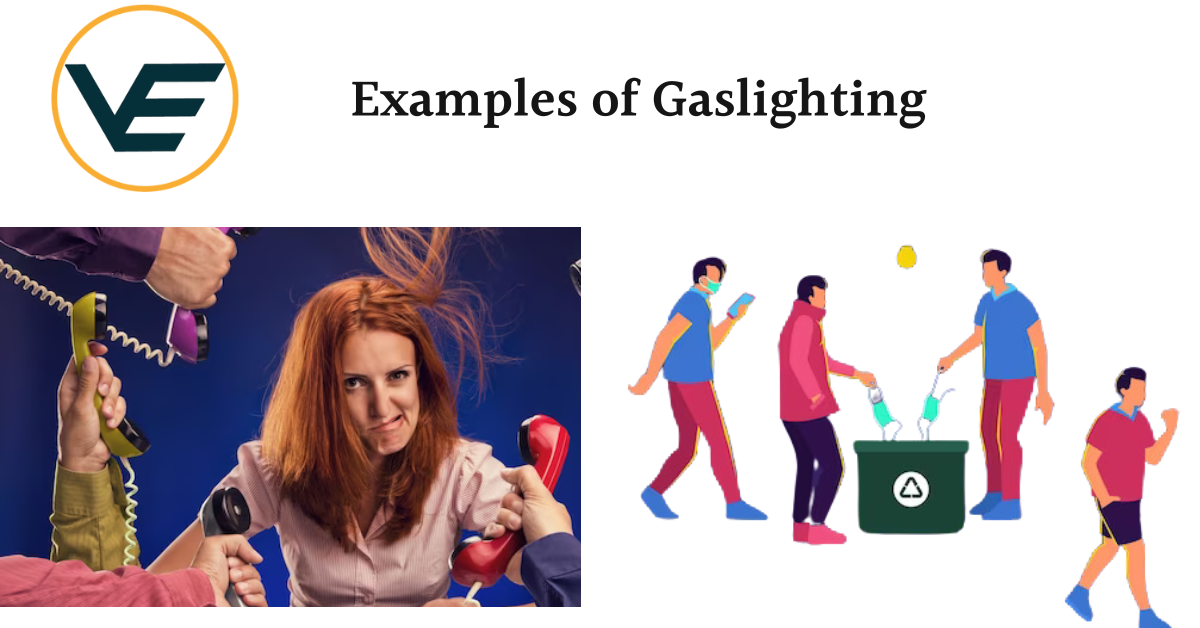Gaslighting is a form of psychological manipulation and emotional abuse in which a person seeks to make another individual doubt their perceptions, memories, and sanity. The term “gaslighting” originated from a 1938 play called “Gas Light,” where a husband manipulates his wife into believing she is going insane by making subtle changes to the gas lights in their home.
Scenario example of gaslighting
- Imagine a situation where two friends, Alex and Chris, are living together as roommates. Alex notices that some of their belongings are missing from their room and brings it up to Chris.
- Alex: “Hey, Chris, have you seen my headphones? I can’t seem to find them anywhere.”
- Chris: “Headphones? I haven’t touched them. Are you sure you didn’t misplace them yourself?”
- Alex: “I’m pretty sure I left them on the desk, but now they’re gone.”
- Chris: “Well, maybe you should try looking again. You’ve been forgetful lately.”
- A few days later, Alex notices other items missing and starts feeling confused and anxious about their memory. Each time Alex brings up their concerns, Chris dismisses them and suggests that Alex might be forgetful or mistaken. Over time, Alex starts questioning their perception of reality and begins to doubt their memory.
- In this scenario, Chris is using gaslighting techniques to manipulate Alex into questioning their sanity and memory. By consistently denying any involvement and suggesting that Alex is forgetful, Chris undermines Alex’s confidence in their observations, causing emotional distress and confusion.
- It’s important to recognize gaslighting behavior and seek support if you suspect that you or someone you know is a victim of gaslighting. Gaslighting is a harmful form of manipulation, and it’s crucial to maintain a sense of self-trust and seek help from trusted friends, family, or professionals if needed.

10 Examples of Gaslighting
Here are ten examples of gaslighting:
- Denying Reality: “I never said that. You must be imagining things.”
- Blaming the Victim: “You’re just overreacting. It’s your fault for getting upset.”
- Minimizing Feelings: “You’re being too sensitive. It’s not that big of a deal.”
- Twisting the Truth: “You’re taking what I said out of context. That’s not what I meant.”
- Contradicting Memories: “I remember it differently. You must have misunderstood.”
- Diverting Focus: “Let’s not talk about that. Let’s talk about something more positive.”
- Shifting Blame: “You’re the one causing all the problems, not me.”
- Creating Doubt: “Are you sure? You’re always so forgetful and confused.”
- Isolating the Victim: “Your friends and family are just trying to turn you against me.”
- Emotional Manipulation: “If you loved me, you wouldn’t question me like this.”
Gaslighting is a harmful manipulation tactic that undermines the victim’s perception, emotions, and self-confidence. It can lead to emotional abuse and have significant psychological effects. Recognizing the signs and seeking support from trusted individuals or professionals is essential.

